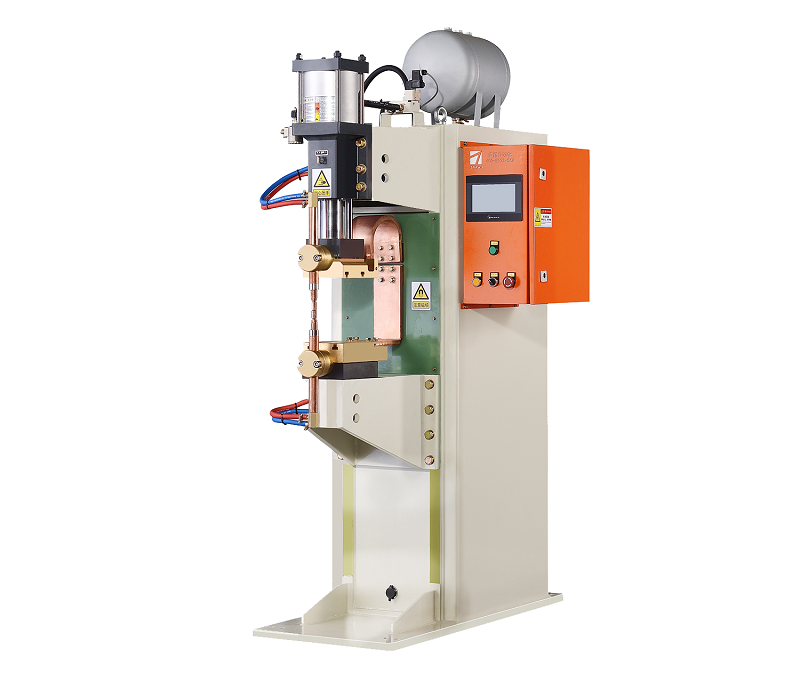Effects of Intermediate Frequency Spot Welder Current on Spot Welding Heat Generation?
Spot welding is a widely used method in manufacturing, particularly in joining metal components. The process involves the application of heat and pressure at the interface of two metal surfaces to create a weld joint. The intermediate frequency spot welding technique has gained attention due to its efficiency and precision. One critical parameter in this process is the welding current, which plays a significant role in influencing the heat generated during spot welding.

Influence of Current on Heat Generation: The welding current in intermediate frequency spot welding directly affects the amount of heat generated at the welding interface. When an electric current passes through the metal pieces to be joined, resistance to the current flow results in the conversion of electrical energy into heat. This heat causes localized melting at the point of contact, leading to the formation of a weld joint.
Optimal Current Levels: The choice of welding current is crucial as it directly impacts the quality and strength of the weld. Insufficient current might lead to weak welds due to inadequate heat generation, resulting in poor fusion between the metals. On the other hand, excessive current can cause problems such as burn-through or excessive spatter, leading to a compromised weld and potential damage to the materials involved.
Heat Distribution and Control: The heat generated during spot welding is not uniform throughout the welded area. It is concentrated at the points of contact between the metal pieces. The magnitude of the current determines the intensity of this heat concentration. Proper control of the welding current allows for the manipulation of heat distribution, ensuring that the weld nugget’s size and shape are consistent and meet the required specifications.
Material Considerations: Different materials have varying electrical resistivity, which affects how they respond to welding current. Conductive materials like copper have lower resistance and thus require higher currents for effective heating. Conversely, materials with higher resistance, like stainless steel, require lower currents to achieve the desired heat.
In the realm of intermediate frequency spot welding, the welding current is a critical parameter that significantly influences the heat generated at the welding interface. Achieving the optimal balance of current ensures proper heat generation for successful welds. By understanding the relationship between current, heat generation, and material properties, manufacturers can produce strong and reliable weld joints while minimizing the risk of defects or damage.